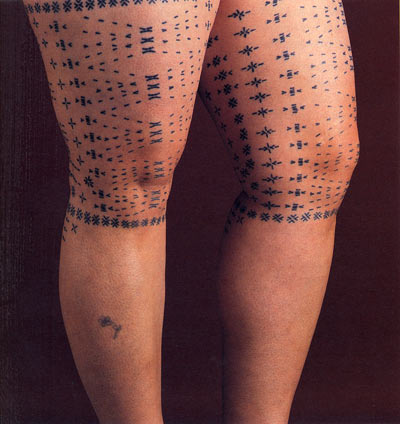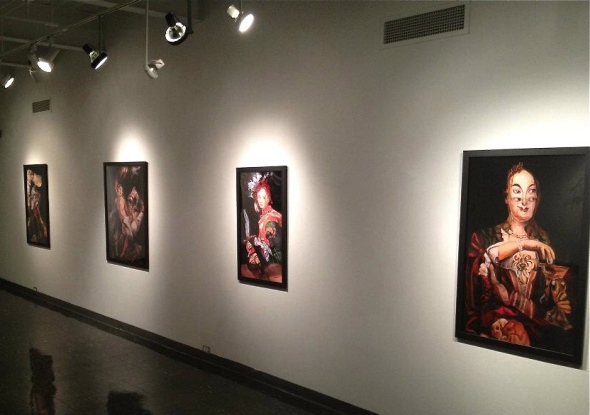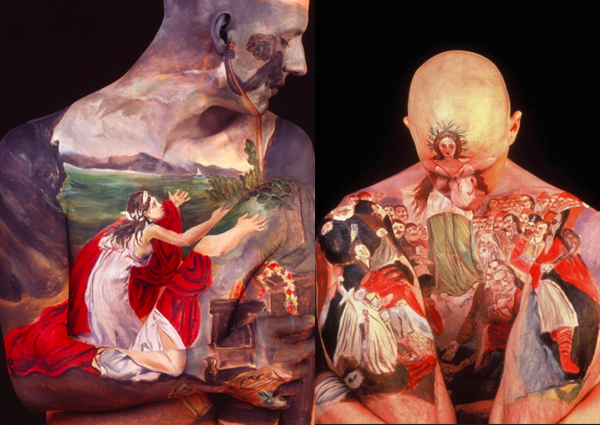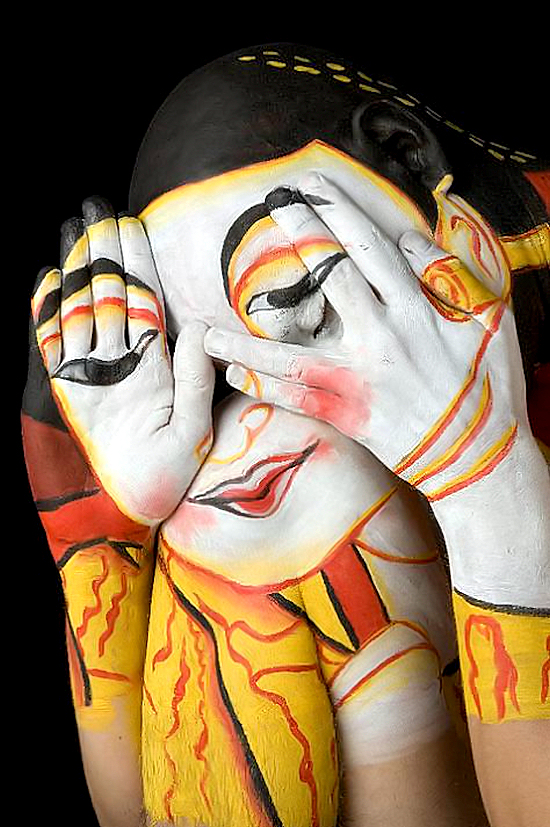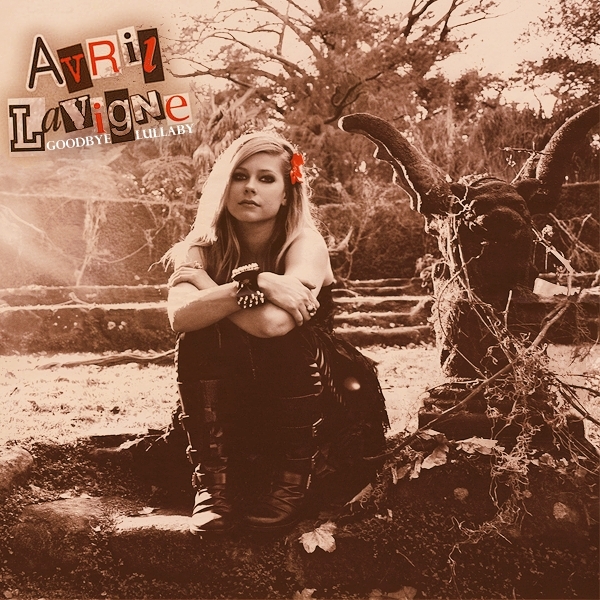
Something about wood cutting - Wood block printing technique used to be done first as a sketch on paper, stuck with some kind of paste to several a cherry wood blocks (paste used to make ink release from paper and stamped to the wood) and then with a chisel and mallet the wood engraver starts to eliminate unwanted parts. After all the wood blocks are engraved, starting from the outline, ink will be applied and paper will be put on top of the block and pressed wit a bit of force to let ink penetrate trough the paper and the process goes on and on. After each step, the paper will be let to dry naturally. This is a delicate process, as one mistake will be taken, then the whole print is ruined.
Katsushika Hokusai & The Great Wave - The Great Wave, back in early 19th Century it used to cost about 20 mon (equivalent to 2 servings of noodles in Tokyo . Today where it's about 253 years old it is still being shown in different art today such as; fashion, graffiti, tattoos and even cartoons. The Great Wave is approximately 15x10 inches and was done by the artist Katsushika Hokusai back in Tokyo AD1760
Hokusai used to work as a block cutter and have been working as an apprentist for a well known artist well before his teenage years which resulted that Hokusai ended up as a professional block cutter.
For over 50 years he still made money from engraving on wood blocks, after not working for several years in his 70th year his wife died and problems started to occur as his cousin spent all the money the family had, so there was no other option than Hokusai started to work again.
These woodblock prints were based on Japanese art and all the artists used to do the same art which consisted on which they believed - The Floating World - as a civilisation they used to live for the moment and all the prints used to be based on the flow of the moon, snow, cherry blossoms, people singing and drinking wine. This was an every day life as in Japan those days there was a money boom and people used to work less and spend more time to relax. Their art was even based on caricatures of famous plays, and the artists used to sell prints as post cards at a cheap price.

As I mentioned before, his cousin bankrupt the family so Hokusai had to get back to business, so he made a several woodblocks and named them LANDSCAPE OF MT.FUJI, where it's title shows exactly the theme. This is where the Great Wave was founded. Japanese says that it was produced on Buddhism belief between Men, Nature and god, where the people on the boats shows exactly that they are not fighting the wave but going with the flow.
Hokusai's sketches shows that his art pieces were quickly drawn from start to finish, his drawings may had been modified some positions. Yet, the Great Wave was an actual geographic location. AS I mentioned before it was a best seller (approx. 500 copies) and some of it's prints shows that the blocks were used until they were ruined as different copies shows that lines were worn out and the state of colours may vary.
Four years after producing the great wave a natural disaster (earthquake) was held at Mt.Fuji and the design was re-arranged for a broad sheet to show floods and created number of different ones.
Last years - He was invited to paint the great wave in another place which is situated 240 km north of his village, where he accepted and walked the whole journey. He painted a male and a female wave on the ceiling of a festival float.
(1/4) Hokusai - Private life of a Masterpiece - YouTube. 2013. (1/4) Hokusai - Private life of a Masterpiece - YouTube. [ONLINE] Available at:http://www.youtube.com/watch?v=BpXbJGtwE_s.
(2/4) Hokusai - Private life of a Masterpiece - YouTube. 2013. (2/4) Hokusai - Private life of a Masterpiece - YouTube. [ONLINE] Available at:http://www.youtube.com/watch?v=6LKGo3ePHAs
(3/4) Hokusai - Private life of a Masterpiece - YouTube. 2013. (3/4) Hokusai - Private life of a Masterpiece - YouTube. [ONLINE] Available at:http://www.youtube.com/watch?v=fO6MSBNWNDM







